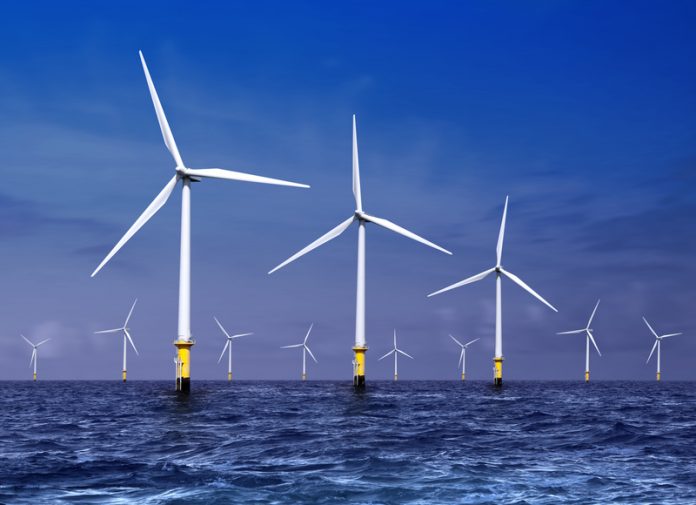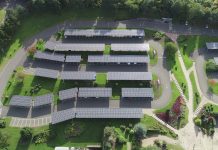The future of the renewable energy market in Asia is explored here by VHR Global Recruitment, including a focus on Taiwan’s ambitious phase out of nuclear power by 2025
Asia’s renewable energy sector has been growing steadily over the last few years. Economic growth has exceeded 4% year on year and due to rapid urbanisation and industrialisation throughout the region, energy consumption has doubled since 1995. Needless to say, this has driven up energy demands at a prodigious rate. Because of this, green energy production is growing in every sector. Solar, wind and hydroelectric energy are more stable than traditional fossil fuels and are helping to lower air pollution in the area. We know that a 100% green energy future is possible and that the renewable energy market creates more jobs than the fossil fuel industry loses. But what does this mean for Asia and how is the region building its renewable energy infrastructure?
How Asia’s renewable energy sector has grown
Asia’s renewable energy capacity has nearly doubled in the last five years, making up a significant chunk of the global supply of 2,351 gigawatts. This is roughly a third of the world’s total energy and this number is growing all the time as more renewable energy enters the system and older fuel sources are phased out. Over 2018, Asia accounted for 61% of new renewable energy installations, proving the region is a powerhouse for development and implementation.
China’s role in green energy
The majority of renewable development in the area comes from China. In 2018, China accounted for 20 Gw generated just through wind power alone. The total amount of global energy generated by wind power now stands at 564 Gw. As one of the most reliable methods of generating energy, it’s not surprising that it is predicted to be one of the fastest growing energy supplies as we move into a post-nuclear future.
Post-Nuclear Taiwan
Taiwan is one country planning on phasing out nuclear power by 2025, an ambitious target as around 15% of the country’s energy is currently generated through this method. However, due to a recent referendum, it was revealed that 44% of Taiwan mistakenly believed that the majority of their energy supply came from nuclear sources and so voted to maintain the country’s nuclear power stations. The government is continuing with the planned phase-out of nuclear power despite this vote, as General Electric no longer supplies some of the critical parts of these systems, making maintenance difficult. Beyond that, the issues surrounding nuclear pollution and safety are of paramount importance to those who live near the stations, who campaigned for their discontinuation.
There is a similar plan to phase out coal power by 1% a year until the country no longer relies on the outdated fuel source for 40% of their energy needs. However, it is possible the country may suffer power shortages if there isn’t sufficient investment in green energy.
Wind energy is going to be significant in Taiwan’s future. But which method of production will they use?
Horizontal versus vertical integration in wind power
Wind-turbine projects choose between two methods of production. Some tend towards using external suppliers and buy outsourced components to assemble their turbines. This is known as the horizontal integration strategy. Others go in the opposite direction and build components themselves, known as vertical integration.
It is likely we’ll see a combination of both practices in Asia and Taiwan specifically. Taiwan has the technological capabilities for vertical integration, which allows for complete control over the installation. However, this does require a large amount of in-house manufacturing for new parts.
On the other hand, horizontal integration can bypass high production costs, while not compromising on quality. Specialised manufacturers can provide new machines on a large scale, which Taiwan will need to ensure it isn’t left without sufficient energy for its citizens.
Having a mix of both practices allows for Taiwanese engineers to learn vital skills and develop their careers, while also ensuring investment in infrastructure around the country.
Jack Terry
Copywriter
VHR Global Recruitment
Tel: +44 (0)207 500 7980












The renewable energy field in Asia is developing at a fast rate in recent years. Energy consumption has also doubled up since 1995. In China, wind power is the main source for producing green energy. It is said to be the best method of generating energy. It is totally informative to read about the wind turbine projects in this blog.